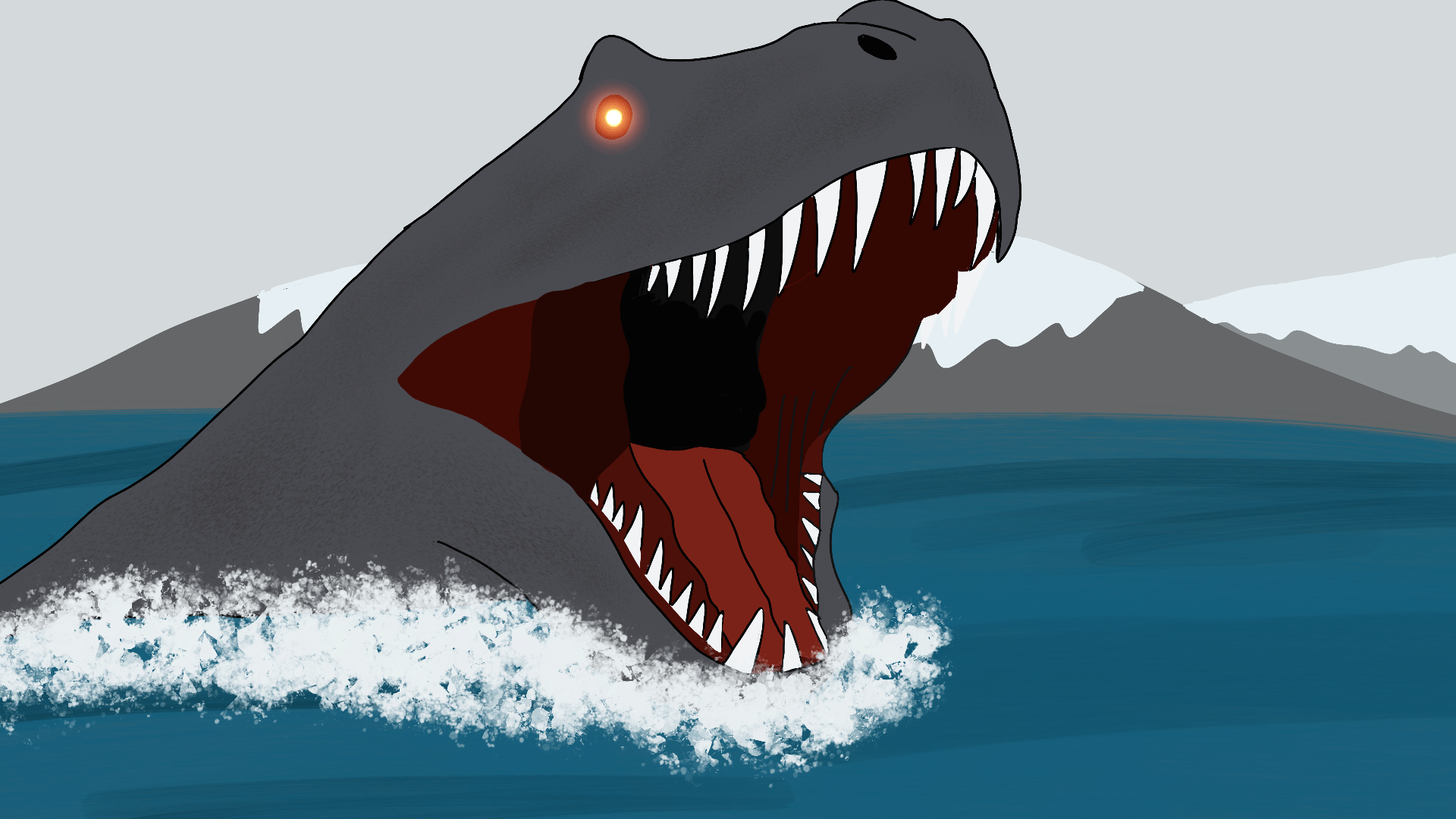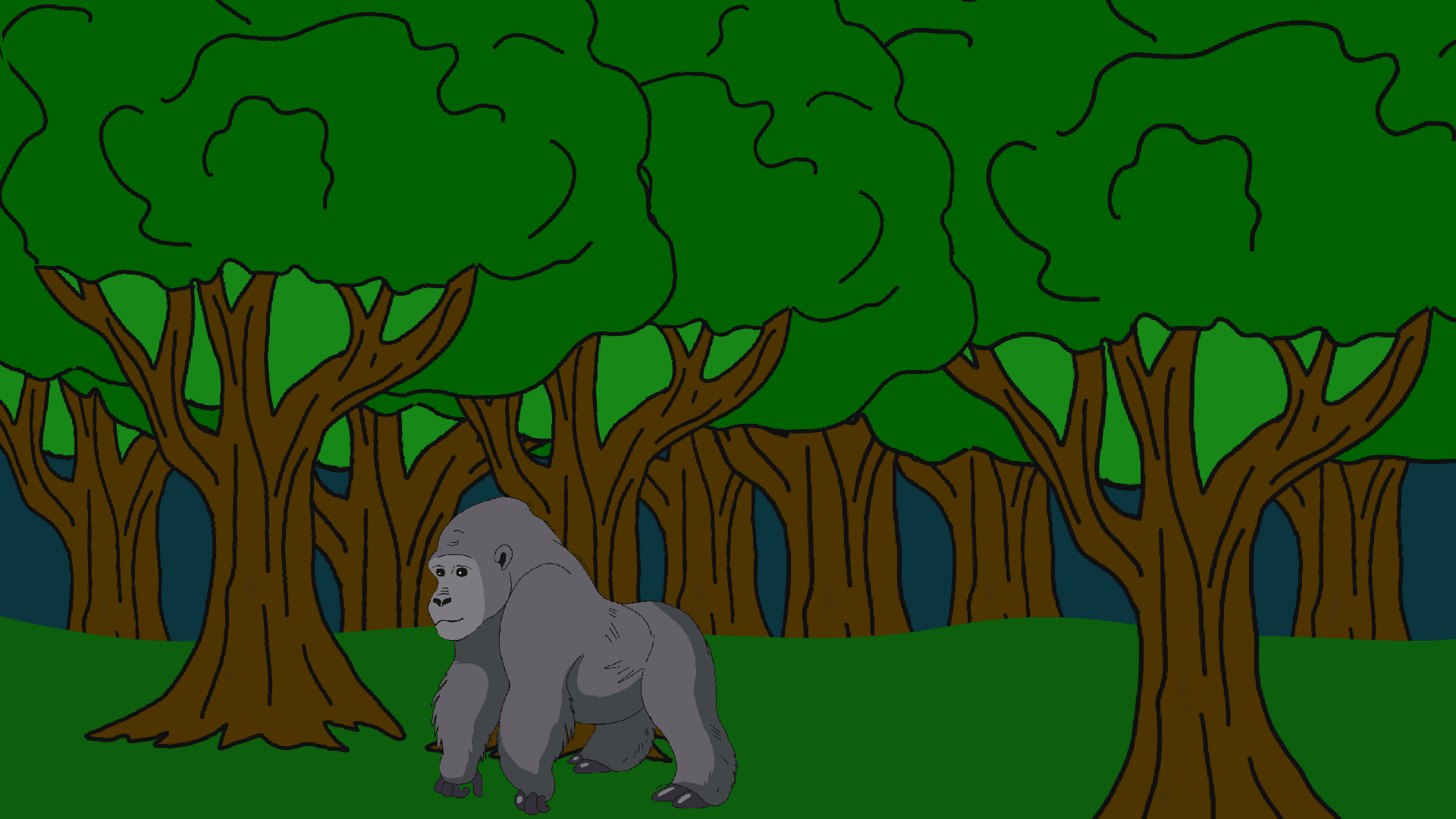In April of 1908, A French magazine named ‘Je Sais Tout’ would publish a collection of stories involving a strange beast said to be roaming the Western Yukon Territory in Canada. Written by George Dupuy, the stories would captivate the minds of readers and lead to much speculation as to what this beast was. A year after the stories were published, they were translated into English and published in the Strand magazine. Without question, the most famous of the stories occurred in 1903 and involved several men eye witnessing a large dinosaur like creature in the wild. In this post, we will examine this story as well as the possibility of such a creature still existing.
In 1903, Canadian hunters James Butler and Tom Leemore were out tracking large moose in a place known as Partridge Creek. As the two men hiked through a wet area, they soon discovered a large indentation in the mud. Some enormous creatures had left massive footprints, around 2 and half feet wide, and what appeared to be a tail path. The tail path measured around 10 feet. The men abandoned tracking the moose and began cautiously following the large tracks. They would lose trail in a large ditch as tracks disappeared.
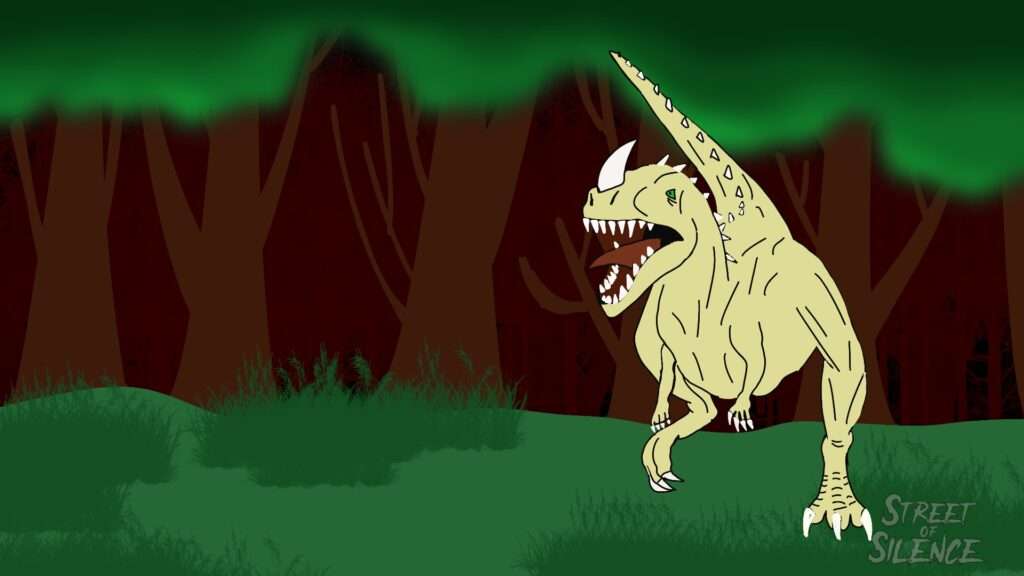
The men then headed to the Armstrong Creek Trading post. At this spot, the men had planned on rendezvous with George Dupuy. As the men, met with Dupuy, they told him their story but Dupuy was extremely skeptical.

After some time, the men decided to form a hunting party. Leemore, Butler and Dupuy would all go. The men also recruited Reverend Pierre Lavagneux, and a few members of the First Nation tribe.
The men weren’t sure what the creature was or how dangerous but there was a general concern as many families lived in the area. As such, the men went out heavily armed and ready to anticipate they would be taking down something massive.
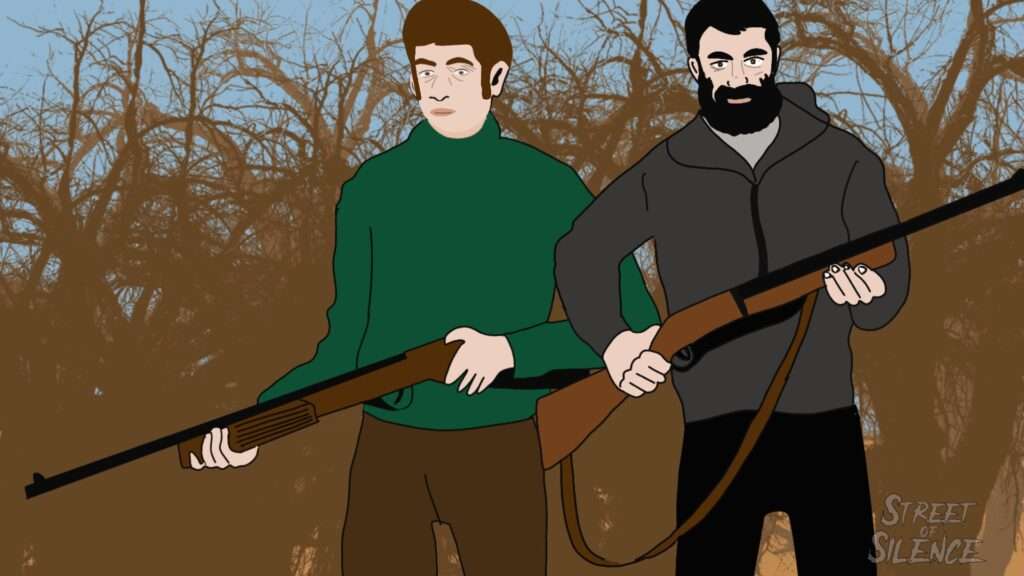
Once the men got back to Partridge Creek, they set up camp. Some time went by and nothing. Then, finally the men heard a bone shilling growl and the men hopped up and grabbed their weapons.
Then the creature would emerge. It was massive, around 50 feet long with a horn on its snout and spikes running down its back. It was on all fours but sensed the men and stood up on its hind legs letting out a ferocious roar. Rather than attack the men, the monster headed another direction, toward a waterway and vanished.
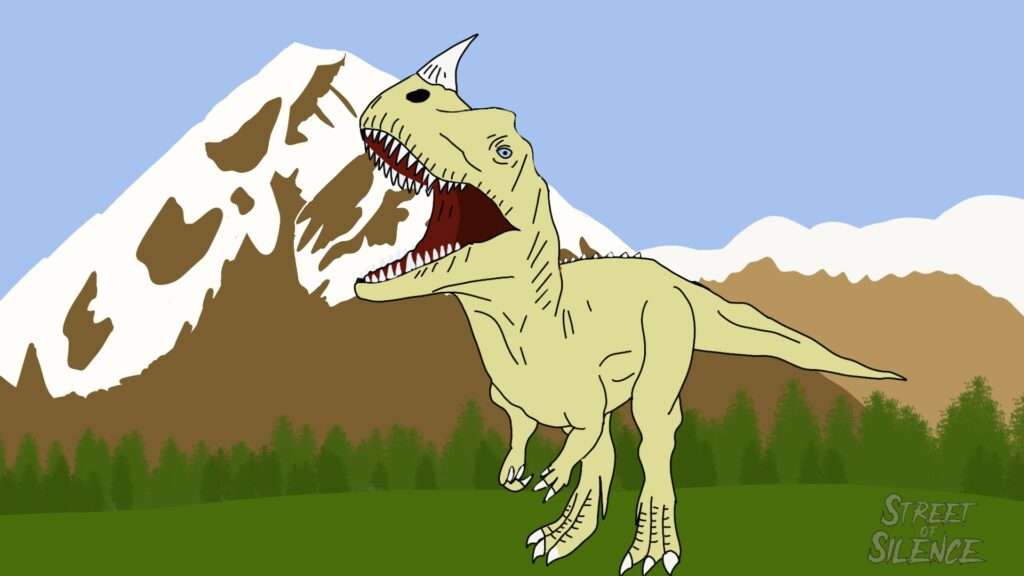
It would later be said that the creature was similar to a Ceratosaurus, a dinosaur that went extinct millions of years ago.
Read About Maine’s Massive Specter Moose here
While this sighting is the most famous of the Beast of Partridge Creek , it is not the only one to occur.
A few years later in 1907, another sighting would occur. Reverend Lavagneux and ten of his parishioners would report seeing the creature. This time the monster was carrying a Caribou in its mouth. The Reverend wrote a letter to Dupuy about this event.
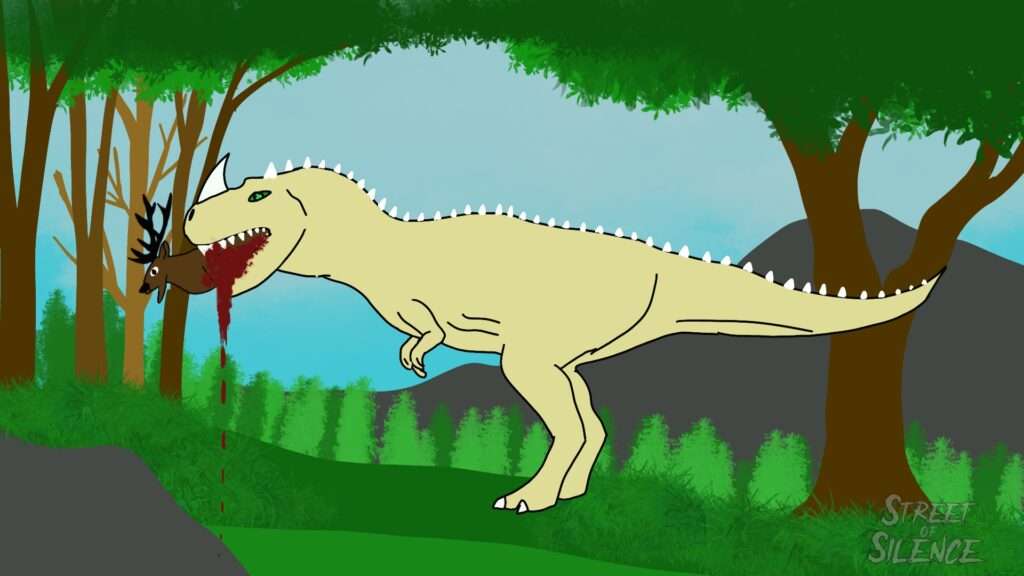
Dupuy wasn’t initially going to the write the story of his encounter and the beast. He believed it was too strange. However, after getting the Reverend’s letter, he decided to move forward with the stories.
Over the years there’s been much skepticism and critique of the beast of Partridge Creek.
What is the Alabama White Thang?
Many say there’s no way something that big could live and still be undiscovered by modern society.
One other thing critics point to is the harsh, frigid conditions of the Yukon territory. It is said an animal that size, if it really is a living Ceratosaurus, wouldn’t be able to survive the cold. However, there have been many findings of dinosaurs in the artic, suggesting these animals could survive in very cold conditions. It should be pointed out there is still much debate over what dinosaurs lived where and what temperatures they thrived in.
While many scoff at the notion of dinosaurs potentially still living and living in cold conditions, we should point out an interesting series of stories that occurred in the Soviet Union in the 1920’s.
It was reported that several ceratosaurs were seen on the Kamchatka Peninsula. Several hunters would manage to find a young ceratosaur that was killed in the wilderness. Some speculated during this time, that some of these creatures might have crossed the Bering Strait over to Alaska when it was cold enough.
Some think that the Beast of Partridge Creek is a new species. It could be one that semi-aquatic or potentially hibernates during the harsh winter. There are countless examples of animals adapting to survive in nature.
One example is the tree frog that survives in the Yukon Region. To respond to freezing temperatures, the body of the frog floods its body with cryoprotectants that help keep the frog from freezing. They also bury themselves deep in the snow.
Many will also question an animal that size getting enough food. It should be said though many massive animals in the polar regions hibernate in order to survive.
While stories around the beast of Partridge Creek are certainly fascinating, it should be said that no physical evidence ever was collected. There are no footprint castings, photos or other hard evidence. Some of this understandable though as cameras weren’t in widespread use and people didn’t hunt with casting material.
It seems more likely than not this cryptid doesn’t exist. Perhaps it did at one time. If it did though, it would surely be a fascinating one and one that would raise many questions.

